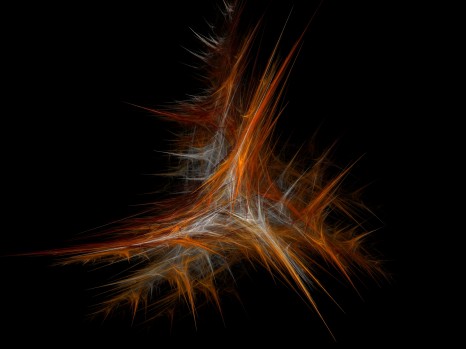Modelling Complexity
Complexity has become a new paradigm in the hard sciences in the 90s and since then it has been slowly dripping into the social sciences and humanities. It works on the premises that many systems are complex in structure, i.e. their numerous individual parts interact with each other in a non-linear way producing phenomena which cannot be easily predicted solely on the basis of their characteristics. Think of the brain: if you were given a few neurons to research it would probably not be your first guess that those little buggers create emotions. Think of the stock exchange: the behaviour of any one of the stock brokers (buy when you think it’s gonna go up and sell when it’s going down) is not a great predictor of the long term trends or crashes, which, nevertheless, follow quite a repetitive pattern. Now think archaeology: we work on human societies whose complexity arising from simple human interactions is overwhelming and produced on many levels. When do people decide to migrate? Why certain trends catch up while others don’t? How do stratified societies develop and why do they collapse? The list of questions complexity science can help us with is truly endless and touches on the very core of what archaeology is all about.
Complexity science’s answer to the challenges of researching systems which, by their own definition, are impossible to understand by looking only at the components, is computational modelling, which predominantly stands for simulation, but includes other techniques as well, such as network analysis, system dynamics modelling, non-linear mathematics and many other. Although complexity science represents a very strong theoretical base, its own vocab and research agenda, in practice, it very often amounts to ‘modelling’, which translates simply to ‘making models’. One could say that almost all research activity in any discipline could be termed ‘modelling’. In archaeology we create conceptual models (hypotheses, typologies), spatial models (GIS), virtual models (3D reconstructions), statistical models and many more. Note that many of them are static (GIS, 3D, stats) i.e. only look at a slice of the past such as a distribution of a particular type of pottery, age distribution of skellies from a burial ground or the looks of a building’s facade. However, simulation goes a step further. It allows us to model possible processes that led to the observed patterns. It helps us to create ‘virtual labs’ in which we can test and contrast different hypotheses, find irregularities in the data or identify new factors which otherwise we wouldn’t have guessed to have a significant impact on the system.
Stefani Crabtree (Washington State University, USA), Ben Davies (University of Auckland, New Zealand) and Iza Romanowska (University of Southampton) have recently launched a new blog, Simulating Complexity, looking at the potential and pitfalls of using complexity science and its techniques in archaeology. The posts range from reviews of recently published papers, conference announcements to hints and tips for newbies in the world of simulations and network analysis. Check out their ‘resources’ tab for a useful list of introductory texts, tutorials and core papers. And keep your eyes peeled for a live stream of the CAA session on complexity science in archaeology (S25 Agents, Networks, Equations and Complexity: the potential and challenges of complex systems simulation).
Follow the blog on simulatingcomplexity.wordpress.com.
Top image: “A fractal flame”; Source: http://en.wikipedia.org/wiki/File:Apophysis-100303-104.jpg

